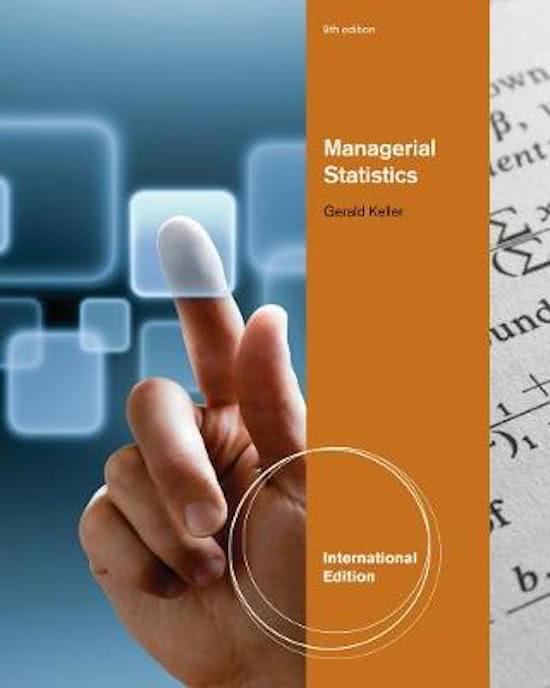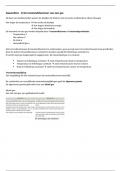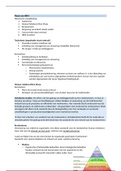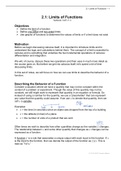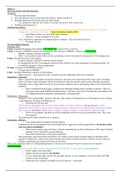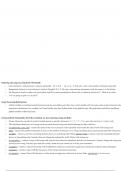Other
Excel examhelp
- Course
- Institution
- Book
These Excel tabs helped me achieve a high grade on the BRM box. This course includes an open book exam, in which these Excel sheets come in handy. It contains the chapters: 1-19 from the book Managerial statistics by Keller.
[Show more]

